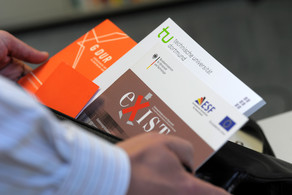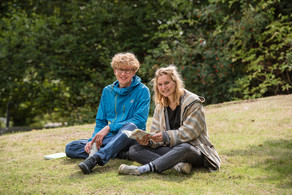Question of Interaction between Spins in Semiconductor Quantum Dot Ensembles Solved
- Research
- Top News
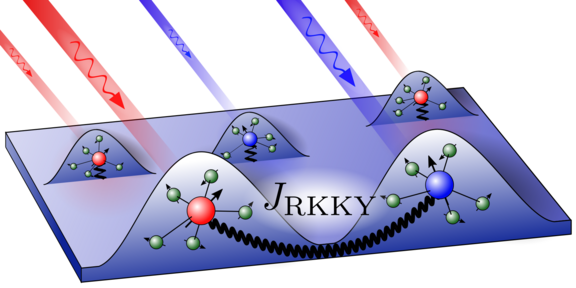
In simple terms, quantum dot ensembles can be imagined as a two-dimensional surface on which dots of different sizes are irregularly distributed. An electron spin – the intrinsic angular momentum of electrons – is localized in each of these dots. The distances between them are so large that in fact no interaction between the individual spins ought to occur. However, experiments with laser pulses have shown that the spins react to lasers with different frequencies, revealing that there is indeed an interaction. “The research group led by Professor Manfred Bayer from the Department of Physics was already able to corroborate in experiments in 2011 that the spins interact with each other. But for potential applications, understanding the mechanism behind the interaction is also crucial,” says Professor Frithjof Anders.
Results successfully reproduced
That is why the team has built a theoretical model, constrained it on the basis of realistic hypotheses and selected the parameters in such a way that it was possible to reproduce the experimental results. “We were ultimately able to achieve a high level of congruence between the experimental and the theoretical results,” reports Frederik Vonhoff. With the help of the model, it is now possible to predict how the interactions can be influenced in a targeted way and adjusted for certain applications. These findings could contribute to a more successful integration of quantum information processing hardware into standard computer hardware in the future.
The research work was conducted within Collaborative Research Center/Transregio 160 “Coherent Manipulation of Interacting Spin Excitations in Tailored Semiconductors”. Frederik Vonhoff, Andreas Fischer and Kira Deltenre from Professor Frithjof Anders’ team made a significant contribution to the paper, which was recently published in the renowned journal Physical Review Letters.
Contact for inquiries:



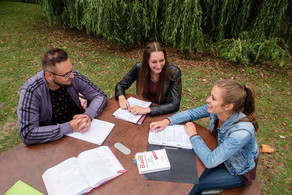
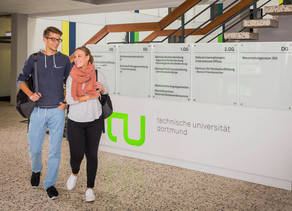
![[Translate to English:] Partner Four hands are holding the green logo of TU Dortmund University](/storages/tu_website/_processed_/1/d/csm_Partner_Nicole_Rechmann_KW_670eba0154.jpg)

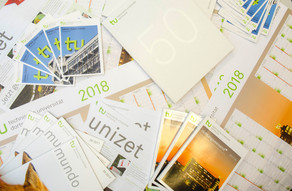


![[Translate to English:] Forschung An apparatus with tubes in a laboratory](/storages/tu_website/_processed_/0/c/csm_Forschung_Juergen_Huhn_4fa3153b51.jpg)
![[Translate to English:] Studium Five students are sitting in a lecture hall. They are talking to each other.](/storages/tu_website/_processed_/c/9/csm_Studium_FelixSchmale_dbdbfb0dd7.jpg)
